How we protect our wooden structures from insects
What is a sign of summer? Insects! Nothing says hot summer days like bees, ants, and cicadas. Some of these critters are extremely beneficial to our environment, but some wreak havoc on our wooden structures.
The Department of Architectural Preservation and Research relies on the expertise of our Integrated Pest Management Specialist to detect, monitor, and treat pests that can cause irreparable damage. Integrated Pest Management (IPM) approaches pest control creatively and seeks to prevent infestations and mediate major problems. These creative approaches are necessary at Colonial Williamsburg, so that we rarely have to resort to tenting buildings or having large, unsightly bait stations visible to our guests.
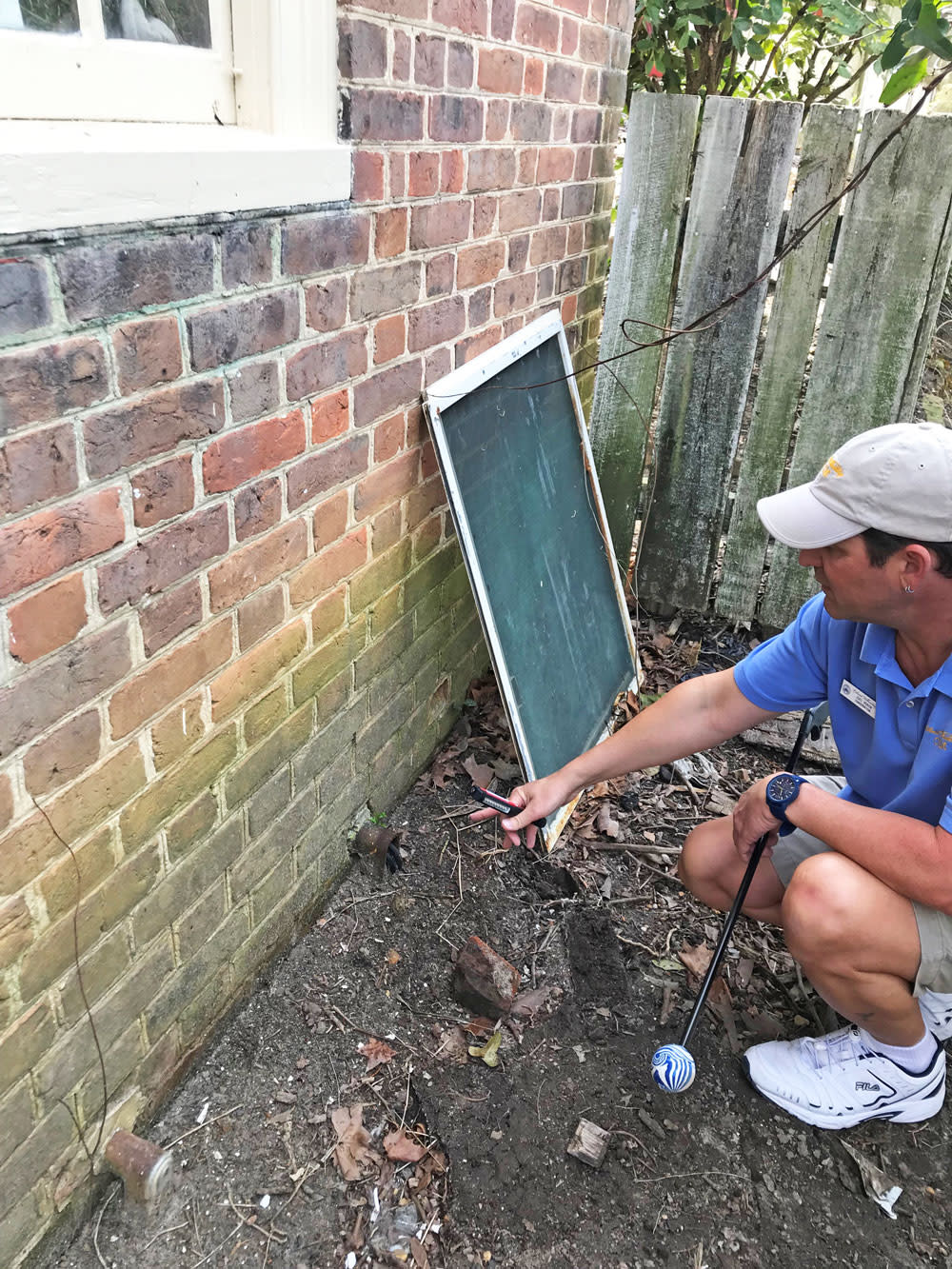
But what bugs are we predominantly monitoring? We are mainly concerned with wood boring insects such as termites, powder post beetles, and old house bor.
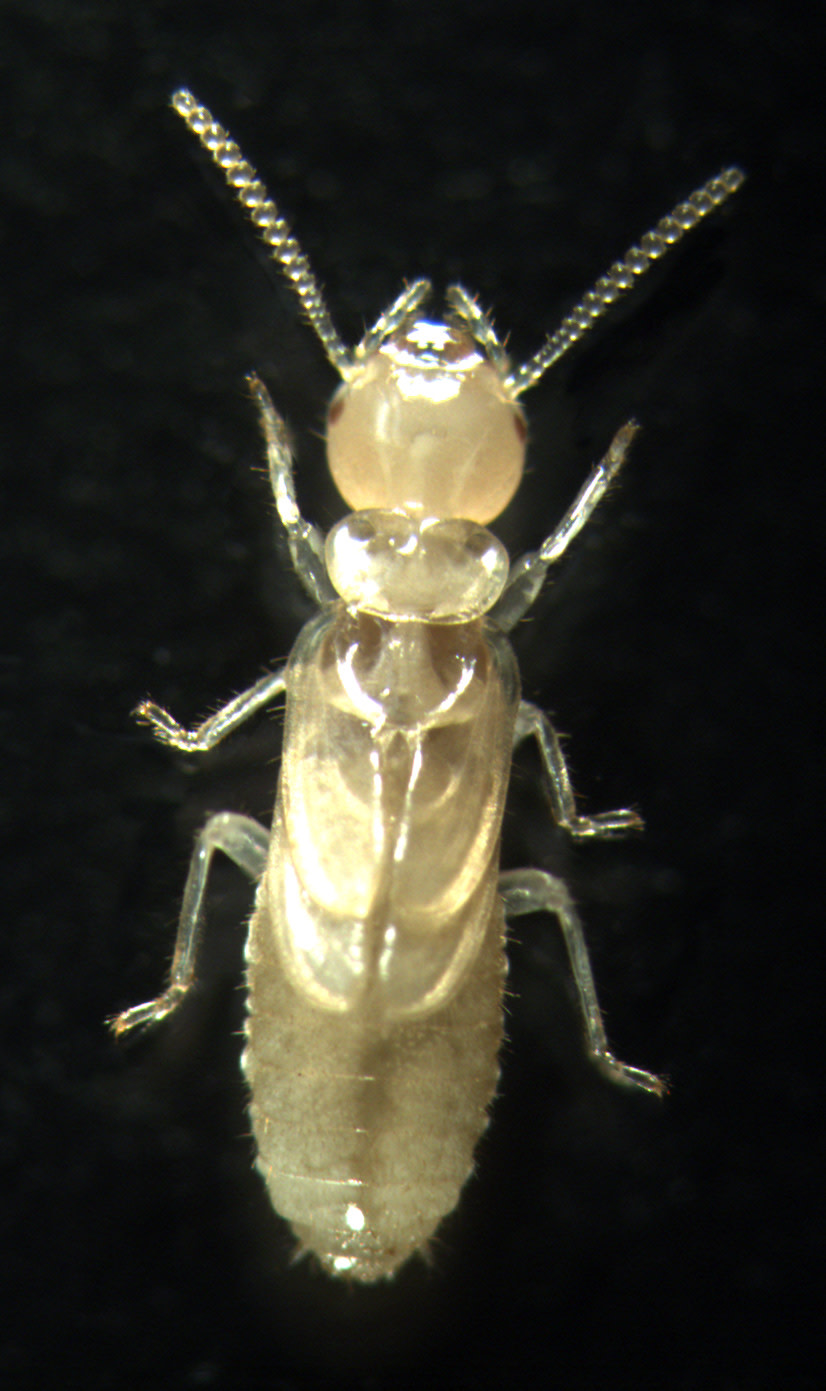
Many of you are probably familiar with termites. These pests love moist, soft wood. They most often enter wooden structures in places that have ground contact, like posts for handrails or stringers on stairs. They can, however, make long tunnels up masonry walls to find wood. Termites are incredibly resourceful and sophisticated insects! Two of the most common methods to identify termites are visual inspection and listening for hollow spots in the timbers.
Visual inspections consist of looking for rot or mud tubes. On rotted areas, the soft wood will be gone and there will be losses or galleries in the wood.
Mud tubes can be easily mistaken for dirt. They are narrow, dirt colored tubes that can run in any direction from the ground to wood. If they are still active, you can see termites moving through these channels once you break the tube.
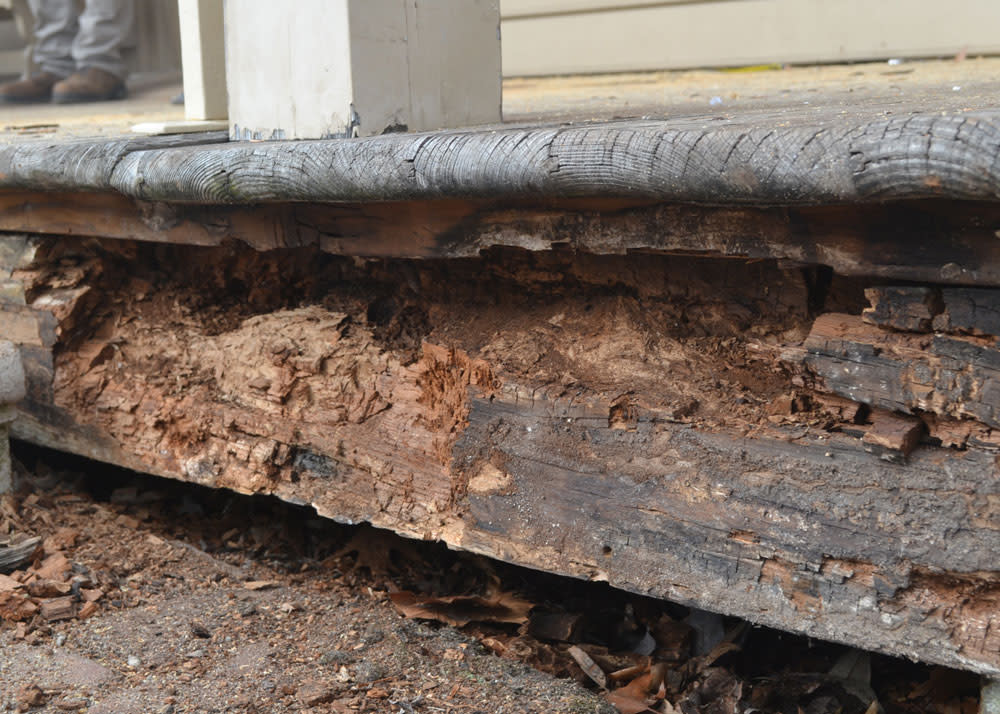
The other method mentioned is listening for audible differences in the timbers. Generally, a device is used to tap the timbers, trim, or siding. There will be a difference in tone when hitting the wood, suggesting a void. On some areas, you may also loosen termite mud tubes and debris which can dislodge and create a sort of rain sound. This is why it is often called termite rain.
One insect that may not be as familiar are powder post beetles. These pests do not damage wood as quickly as termites, but they can be even more difficult to treat. The powderpost beetle larvae develop inside the wood. They can survive there for years, showing little evidence of their existence. The key way to identify powderpost beetles is by the “shot holes” or small holes created when the mature larvae bore their way out of the wood. Since they can survive for so long inside the wood, complicated treatments are usually necessary to fully eradicate them.
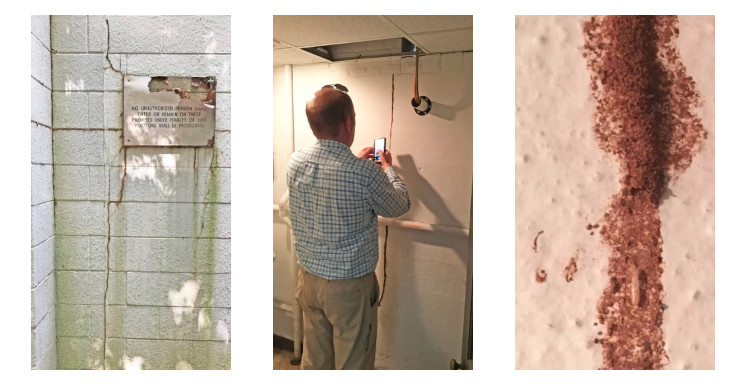
In addition to our IPM Specialist, three members of the Architectural Preservation team have state licenses. Two members of our team also hold master termite technician certificates. This training has taught us to notice the warning signs of infestations, so we now have more resources to protect our structures at Colonial Williamsburg.
We prevent a lot of pest related wood damage in the Historic Area, however, nature can still outsmart us. For example, the carpenters were working on a cellar window at the Water’s Storehouse and they found an active termite infestation. Before the window was disturbed this had been undetectable. Cellar windows are particularly vulnerable due to their close proximity to the ground. Fortunately, we caught it early. It has been treated, and the window has been repaired.
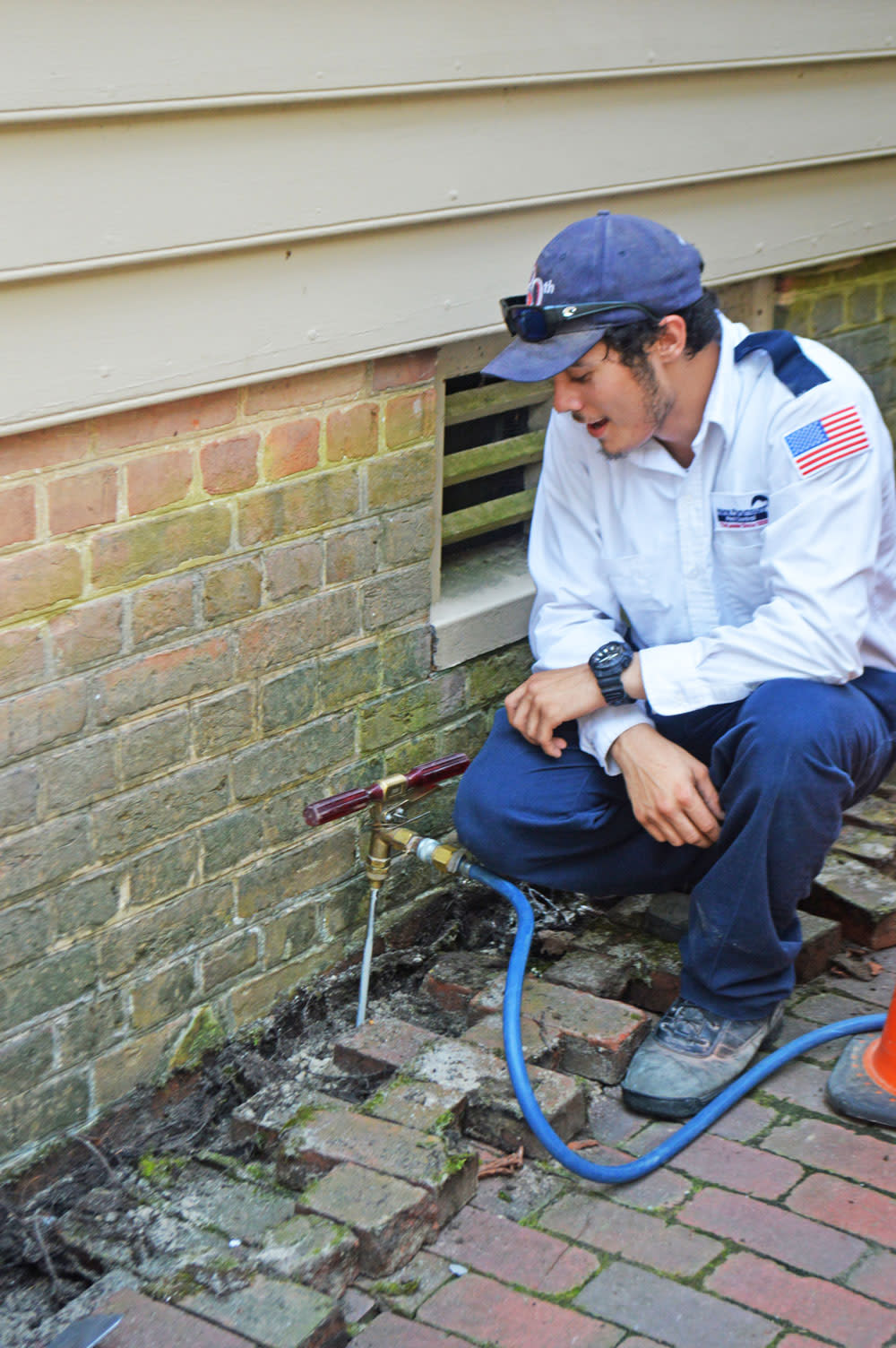
Our Integrated Pest Management program is another way that we continue to adapt our techniques to preserve Williamsburg for future generation.
ABOUT THE AUTHOR
Emily Campbell
Emily is an architectural preservation and research associate in the Grainger Department of Architectural Preservation and Research. She is responsible for documenting Colonial Williamsburg’s historic buildings as well as assisting with preservation projects. Campbell especially enjoys working on the painting projects and learning more about 18th-century paint colors. In her spare time, Emily enjoys traveling and spending time outdoors.
